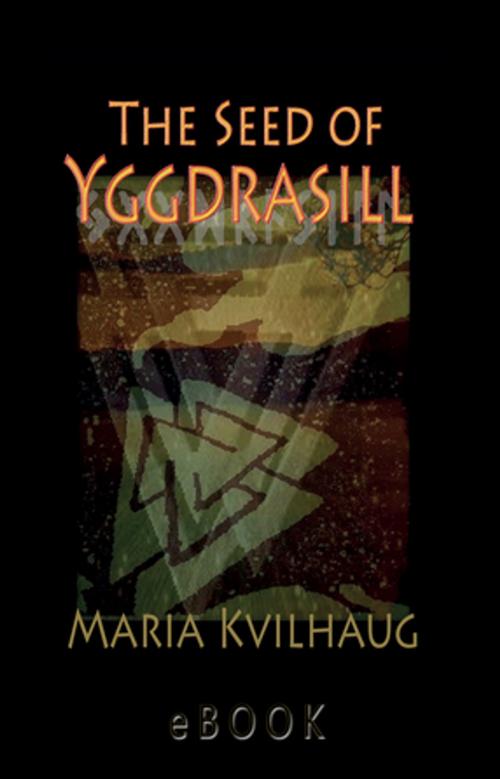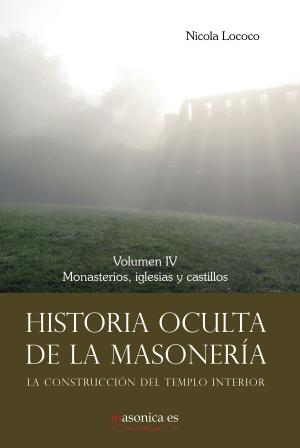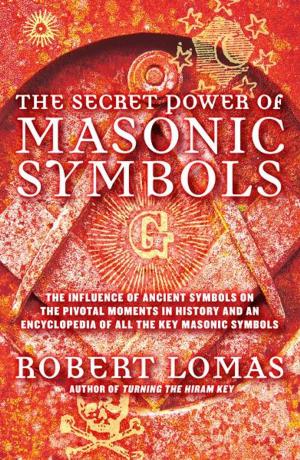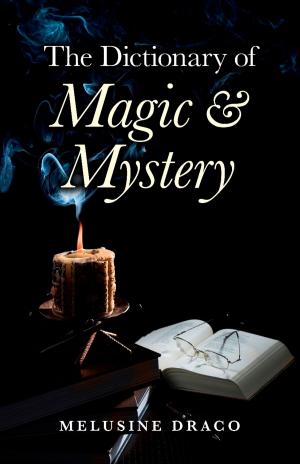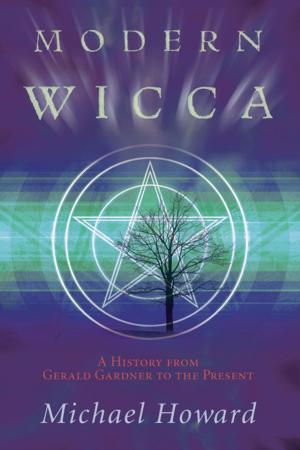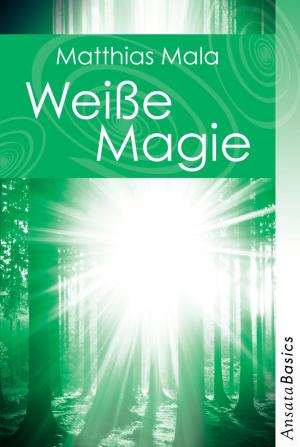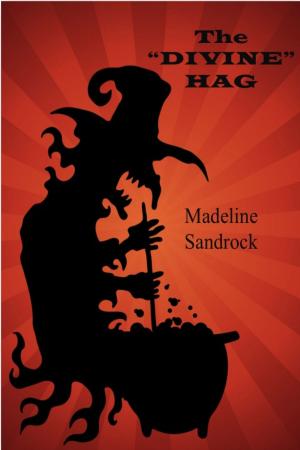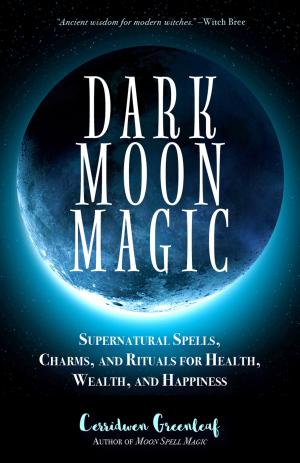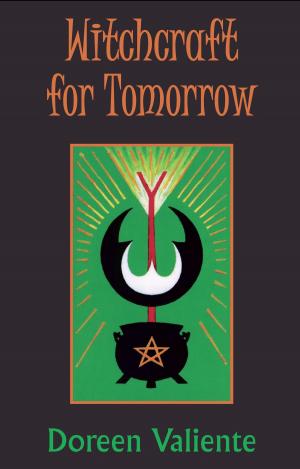The Seed of Yggdrasill-deciphering the hidden messages in Old Norse Myths
deciphering the hidden messages in Old Norse Myths
Fiction & Literature, Literary Theory & Criticism, European, Scandinavian, Nonfiction, Social & Cultural Studies, Social Science, Folklore & Mythology, Religion & Spirituality, Other Practices| Author: | Maria Kvilhaug | ISBN: | 9788792632838 |
| Publisher: | Whyte Tracks | Publication: | December 12, 2016 |
| Imprint: | Whyte Tracks | Language: | English |
| Author: | Maria Kvilhaug |
| ISBN: | 9788792632838 |
| Publisher: | Whyte Tracks |
| Publication: | December 12, 2016 |
| Imprint: | Whyte Tracks |
| Language: | English |
Maria Kvilhaug has researched the archeaology and background to the Eddas, Poems and Sagas of Northern literature and Historical folk lore data. In translating the original ancient Norse manuscripts the book approaches the Poems as metaphor for traditional ritual and rites of passage in the ancient cultures of Scandinavia. Kvilhaugs insights open up the poems to reveal a whole new world where The tree of life, the red-gold of wisdom and the goddess of death and renewal are central to an almost forgotten way of life. She describes a Golden Age of travel, interexchange of cultures and trade. The Edda poems were most probably created by Viking Age skalds who knew the art of making metaphorical riddles and how to hide messages behind words. Many poems are veritably incomprehensible without the knowledge it takes to decipher the riddles. When Snorri in the 1220's realized that young people were beginning to lose their understanding of the ancient form of Norse poetry, he wrote his book so that “young students of poetry may decipher that which has been subtly spoken”, adding that knowledge has been “cleverly disguised in runes”. The Seed of Yggdrasill revolutionizes the way in which the old Norse Sagas are approached by academics, story-tellers, and religious leaders alike. This unique approach to the metaphors of the Eddas and Norse poems will cause much debate amongst modern new-age and the Scandinavian faith, Asatru, followers. Controversy aside however, it can be predicted this book will help rebuild an understanding of the pagan past of the Northern peoples. It may even restore a rationalized familiarity with their true Northern god(s) and goddess(es)
Maria Kvilhaug has researched the archeaology and background to the Eddas, Poems and Sagas of Northern literature and Historical folk lore data. In translating the original ancient Norse manuscripts the book approaches the Poems as metaphor for traditional ritual and rites of passage in the ancient cultures of Scandinavia. Kvilhaugs insights open up the poems to reveal a whole new world where The tree of life, the red-gold of wisdom and the goddess of death and renewal are central to an almost forgotten way of life. She describes a Golden Age of travel, interexchange of cultures and trade. The Edda poems were most probably created by Viking Age skalds who knew the art of making metaphorical riddles and how to hide messages behind words. Many poems are veritably incomprehensible without the knowledge it takes to decipher the riddles. When Snorri in the 1220's realized that young people were beginning to lose their understanding of the ancient form of Norse poetry, he wrote his book so that “young students of poetry may decipher that which has been subtly spoken”, adding that knowledge has been “cleverly disguised in runes”. The Seed of Yggdrasill revolutionizes the way in which the old Norse Sagas are approached by academics, story-tellers, and religious leaders alike. This unique approach to the metaphors of the Eddas and Norse poems will cause much debate amongst modern new-age and the Scandinavian faith, Asatru, followers. Controversy aside however, it can be predicted this book will help rebuild an understanding of the pagan past of the Northern peoples. It may even restore a rationalized familiarity with their true Northern god(s) and goddess(es)
